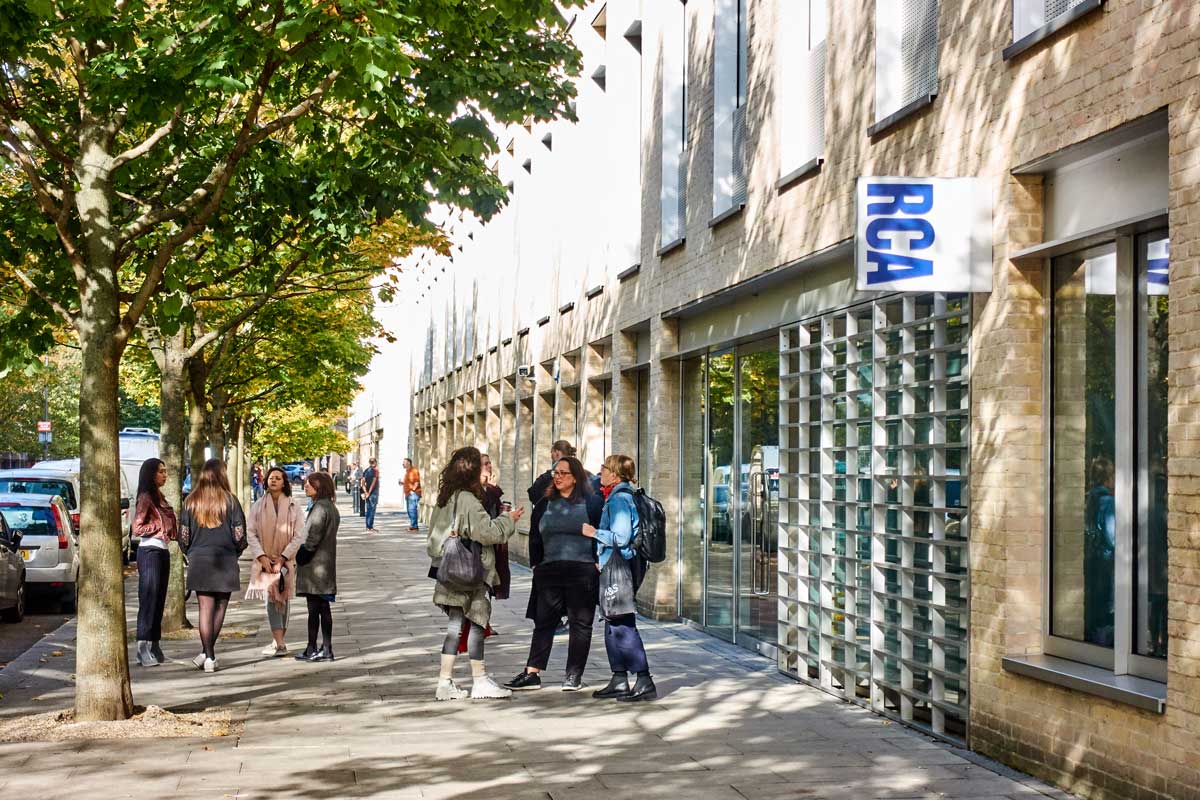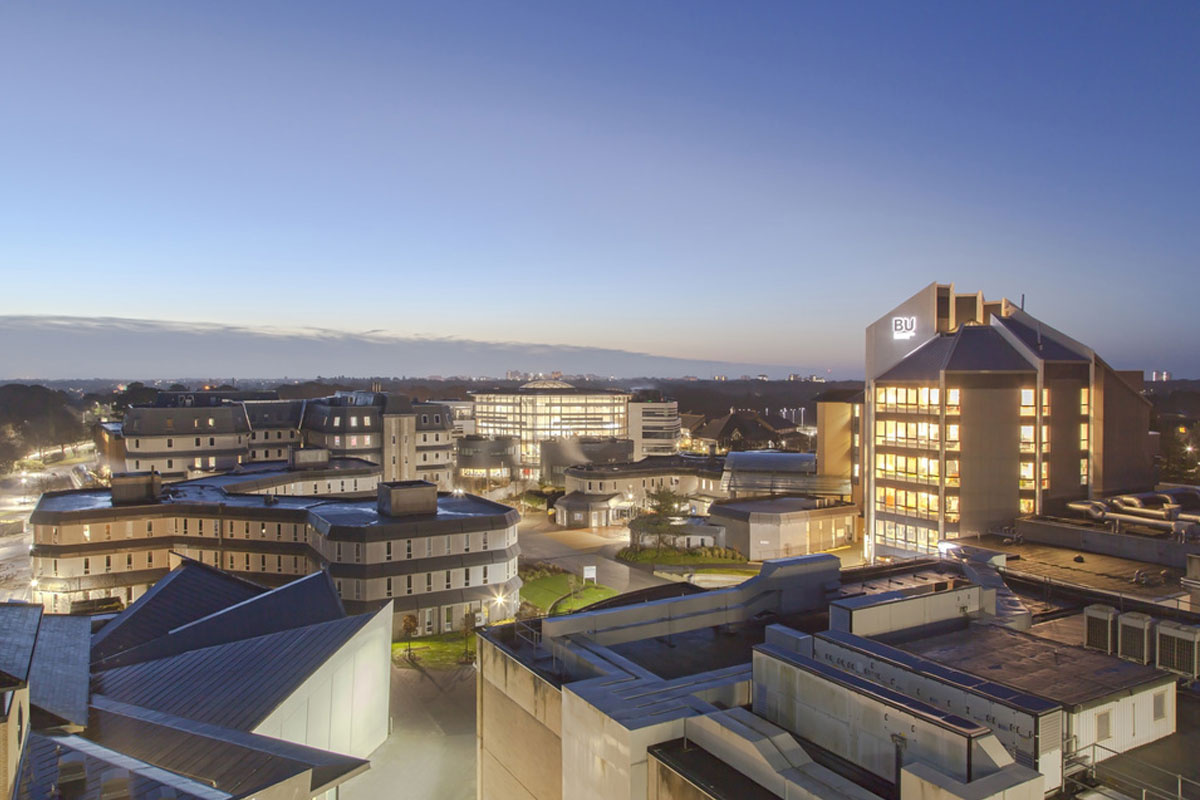Basic Information
The Location of the school: Emmenbrücke, Canton of Lucerne, Switzerland
The URL or address of the official website: https://www.hslu.ch/en/ (BA in Animation: https://www.hslu.ch/animation)
Course titles (duration):
– Bachelor in Animation (6 Semester, 3 years)
– Master of Arts in Film / Animation (4 Semester, 2 years)
The number of students admitted to each course:
– BA: 30 per year (in total 82, September 2018)
– MA: up to 12 per year (in total 14 actual)
Where we may check out the works of students and graduates: https://vimeo.com/animationhslu
Interview with Professor Jürgen Haas, The Head of The Bachelor’s Programme in Animation
1. Could you please give us an overview of the curriculum of the animation course?
Jürgen Haas: We want to have all the main animation techniques taught in our school, regardless of the amount of interest from the students.
The Curriculum
1st semester
In the first semester, we start with a storytelling and ideation bootcamp for two weeks to generate plenty of simple and diverse ideas. Afterwards, they take some of these ideas and implement them in three classes that consists of three main techniques: drawn animation, stop-motion and CGI. in stop motion, the students work in groups of three. Meanwhile, they receive input in Adobe Premiere and Pro Tools.
2nd semester
They decide an animation technique and, for 5 weeks, animate walk cycles and short shots with a soundtrack.
Expanded Animation: The students realize a scenographic project in one week, which includes projection on architecture.
In the Spring semester, the students of the 1st and 2nd year have to do a 6-week interdisciplinary class with students from the other departments on different themes.
3rd semester
An applied project with external partners. A whole animation production process from pitch to screen, developed and finished in groups of 2 to 4 students.
4th semester
3 choices for a 6-week course:
– Digital cutout with Duik in After Effects
– Expanded animation, nonlinear (interactive) or scenographic (applied project)
– Compositing/Nuke. CGI elements in live-action footage, 4K data wrangling
5th semester
3 choices for a 6-week course:
– Advanced CGI animation and drawn animation (TVPaint)
– VFX, advanced Nuke, Houdini
– Experimental narration in animation
For the graduation project:
– A 3-week class for film development.
– A 3-week class for film economy, accounting, pipeline planning.
6th semester
Graduation projects, if possible, in groups up to 4 students.

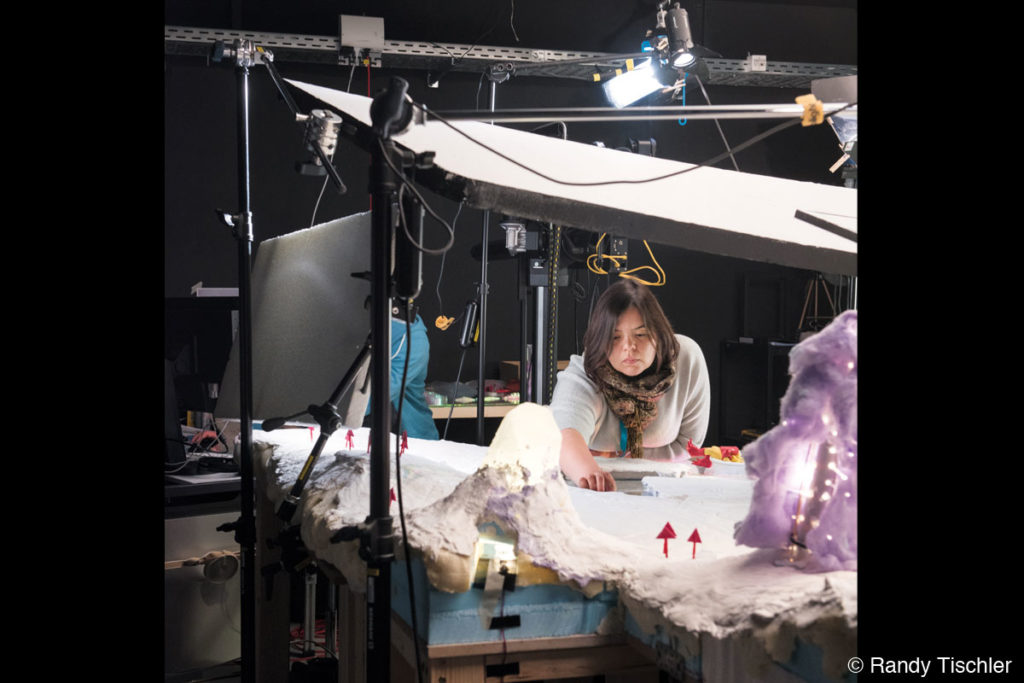
2. What do you think are your unique characteristics or strengths?
Jürgen Haas: We want to enable all students to develop their individual interests and talents, so we offer a variety of skills, from developing the craft for the animation industry to a pure artistic approach to animation. We intensely mentor the students with individual support if necessary. We have a rich culture in the exchange program to several international animation schools.
We have two special summer schools to teach on a higher level or in outstanding experimental environments.
– Lucerne master academy of animation, The LuMAA: 6 to 7 animators from Hollywood train our students and international guest students in high-end CGI animation.
– Out-of-home animation: Animation students from Europe and some music students come together in the Alps to do experimental projects with the elements they can find 1,800 meters high.
3. What do you look for in prospective students? What characteristics or skills do you want your prospective students to have when they apply?
Jürgen Haas: They have a fascination in animation, a drive in telling stories and developing new worlds. They have the talent to describe, depict and animate these worlds. They love to work in a familiar class, either in groups or alone, but always in an intense process of communication and exchange.
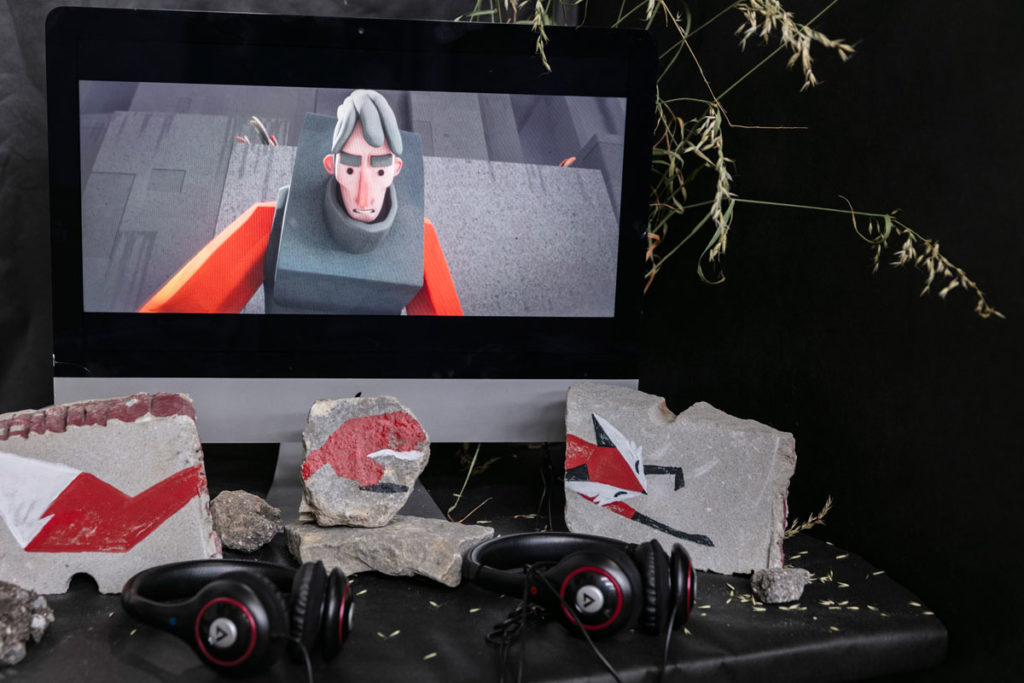
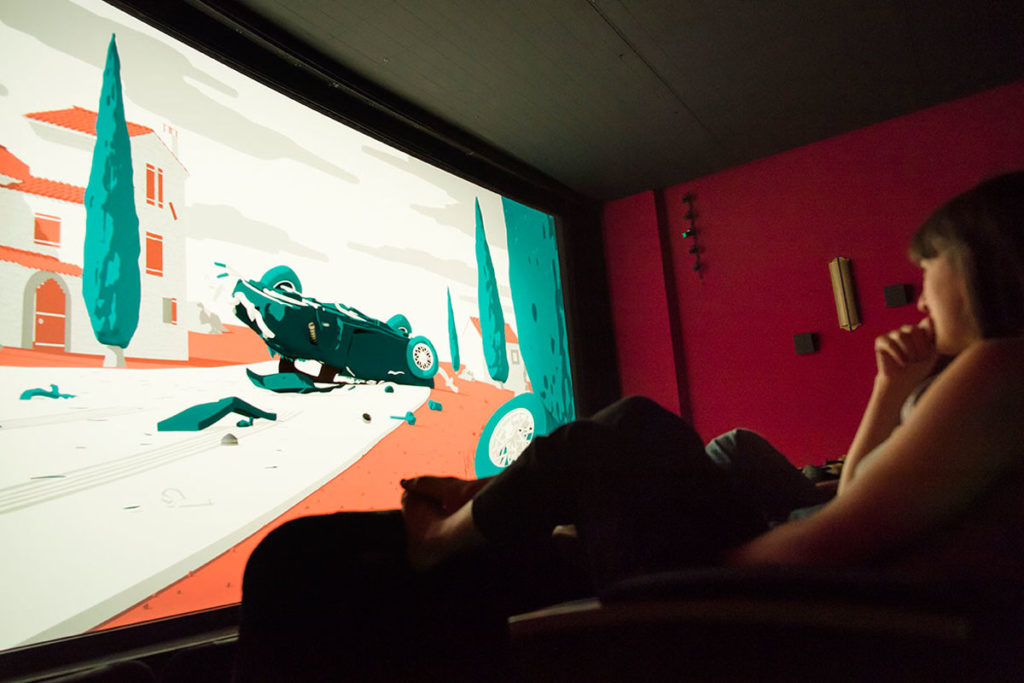
4. Could you please let us know what is your vision of the career that prospective students can expect by learning from you?
Jürgen Haas: Switzerland is a bit special. It is not really integrated in the European film funding context, there is a lack of an animation industry but a very good system of funding and prospering economy.
We want to give our students all tools the need to get into different tracks of the animation business and craft and technical skills, a creative and critical mind and an open approach to different cultures.



